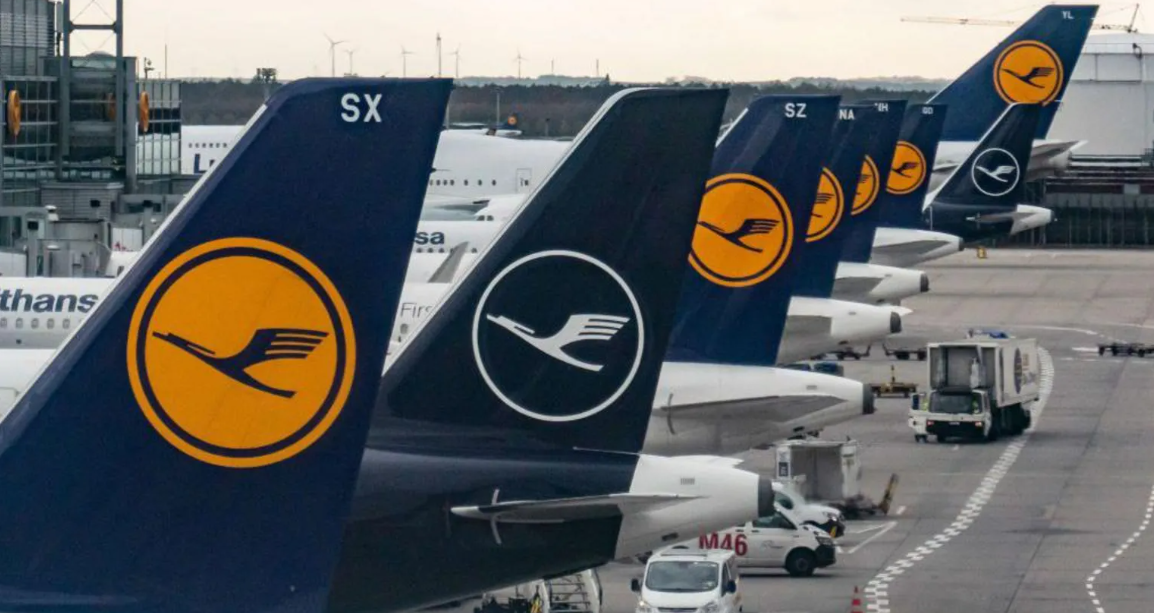Airlines look to cut time spent on the tarmac

Next time you’re rushing to catch a flight, take a moment to consider the airline staff who ensure that your gate is ready and available. Gate allocation, it turns out, is a surprisingly complex task.
"With 15 gates and 10 planes, there are more than 570 billion possible combinations," explains Dr. Joseph Doetsch, who leads the quantum computing division at Lufthansa Industry Solutions.
Choosing the optimal gate for each flight can help reduce aircraft taxi times and prevent congestion, ultimately shortening the wait on the tarmac. This not only saves time for travelers but also reduces fuel consumption and emissions.
Gate assignments are typically made when flight schedules are published, sometimes up to a year in advance, and are then revisited at various stages—one month, one week, and even the day before the flight.
A variety of factors must be considered when assigning gates. For instance, certain airlines may prefer gates near their lounges, while flights with many connecting passengers might be assigned gates that optimize transfer times. Budget carriers often prioritize cost savings and may be allocated more distant gates with lower fees. Other considerations include the aircraft’s origin, type, expected runway use, gate availability, staffing, passenger and baggage connections, and the movement of other planes on the taxiways.
The complexity increases when last-minute changes occur. Delays can disrupt gate assignments, leading to reassignment and longer waiting times for passengers or even flight cancellations.
Given this complexity, you might expect advanced computer systems to manage the process, but surprisingly, many airports still rely on basic technology. According to a survey by AeroCloud, 40% of airport executives reported using Excel and Word to manage gate allocations and other operational tasks.
However, airports are increasingly investing in more sophisticated systems. For example, American Airlines introduced a "Smart Gating" system at Dallas Fort Worth International Airport, which uses machine learning to assign arriving aircraft to the nearest available gate with the shortest taxi time.
Traditionally, gate assignments at this airport took around four hours to complete manually using an outdated computer system. The new machine learning system reduces this to just 10 minutes, cutting taxi times by 20% and saving approximately 1.4 million gallons of jet fuel annually, according to an American Airlines spokesperson.